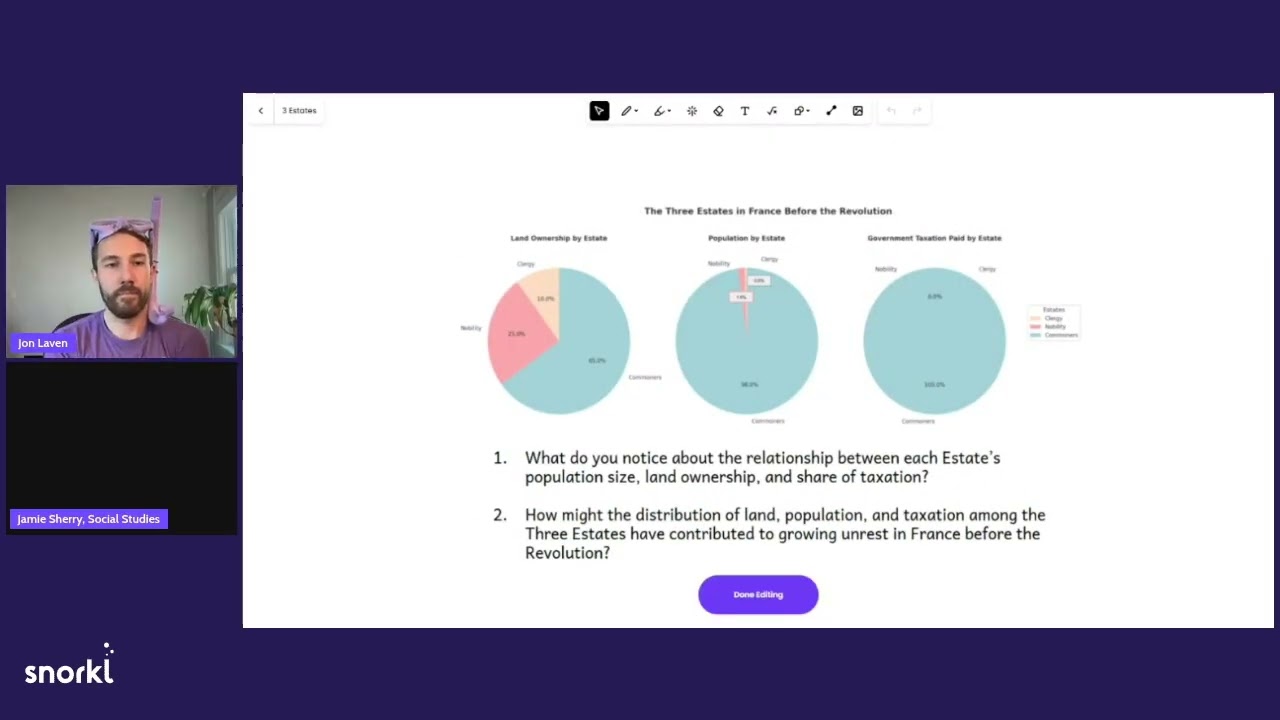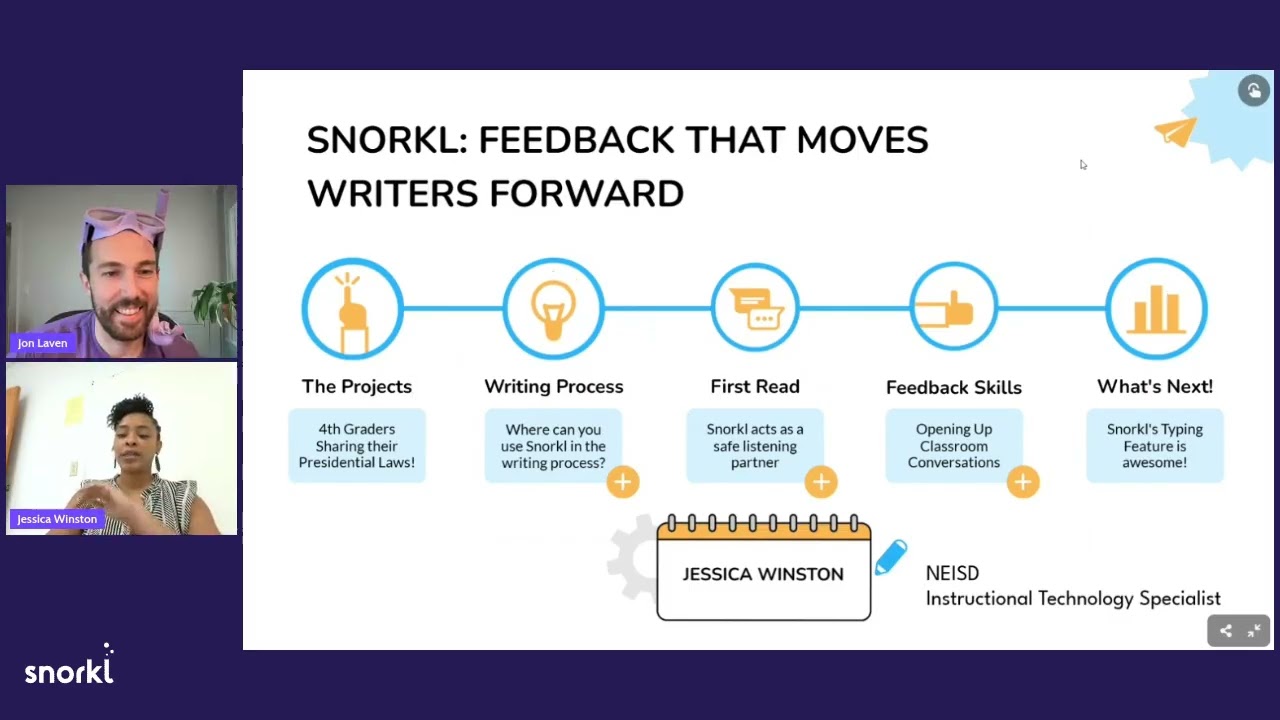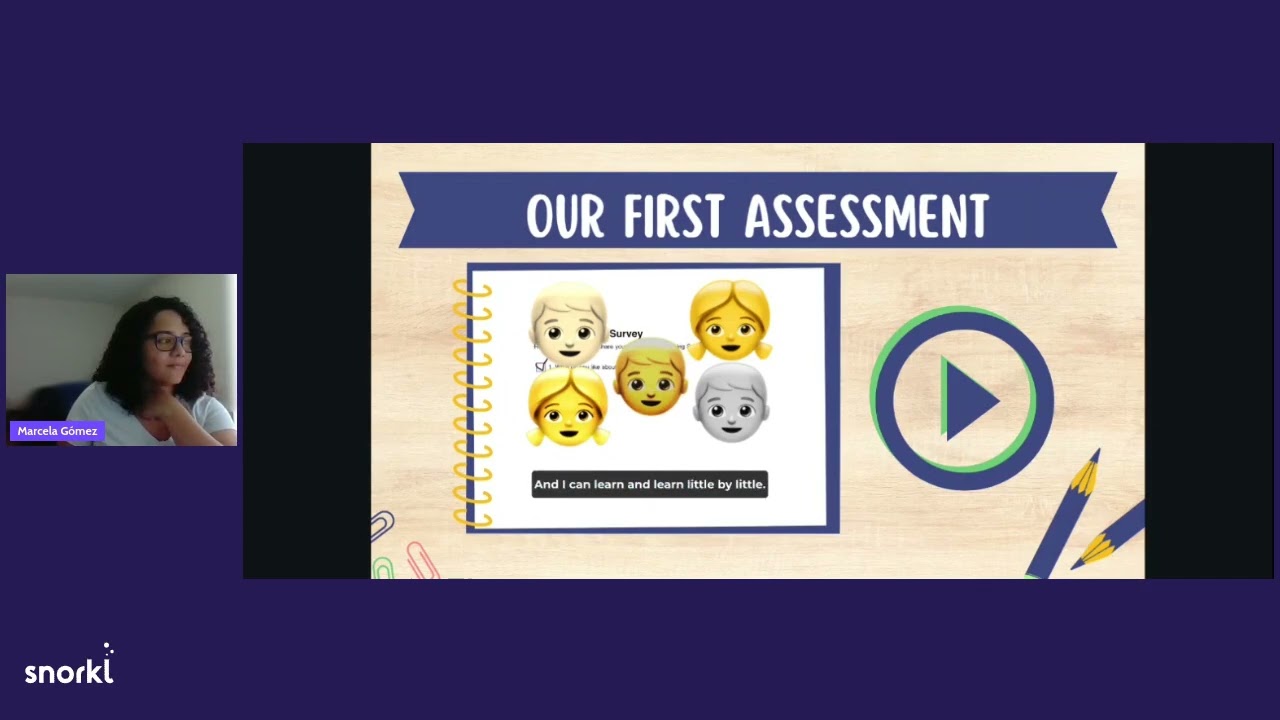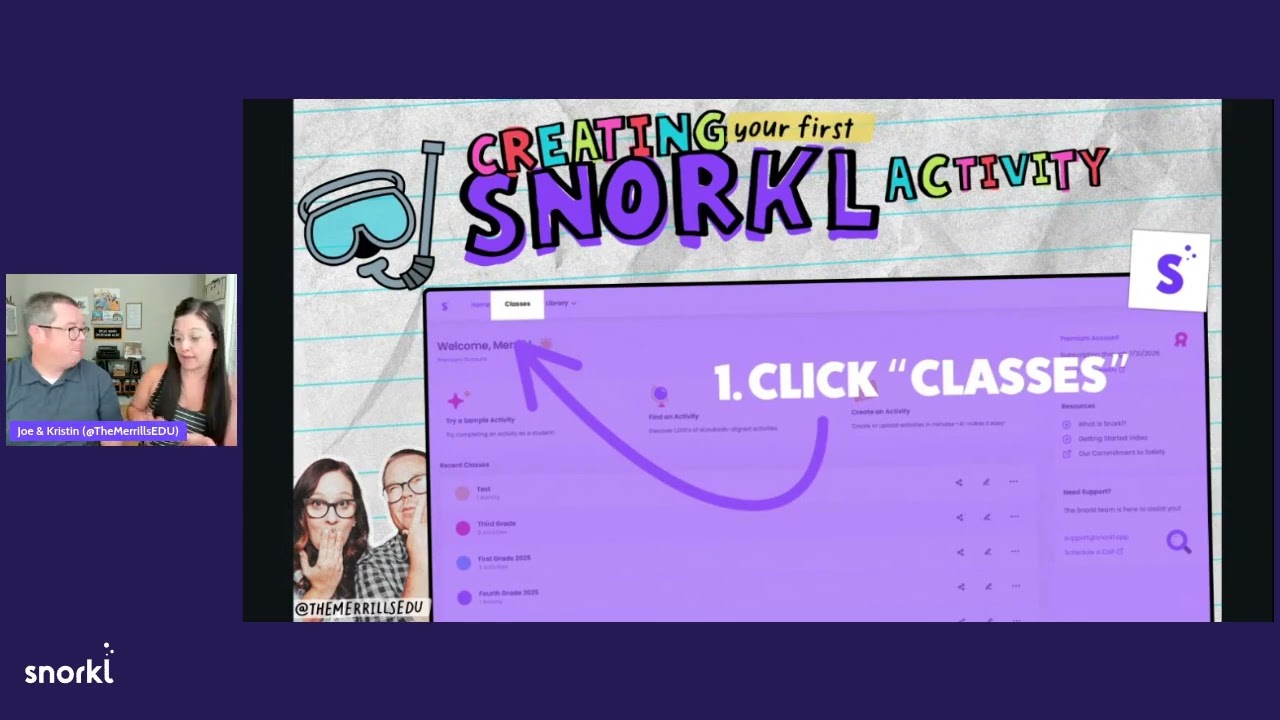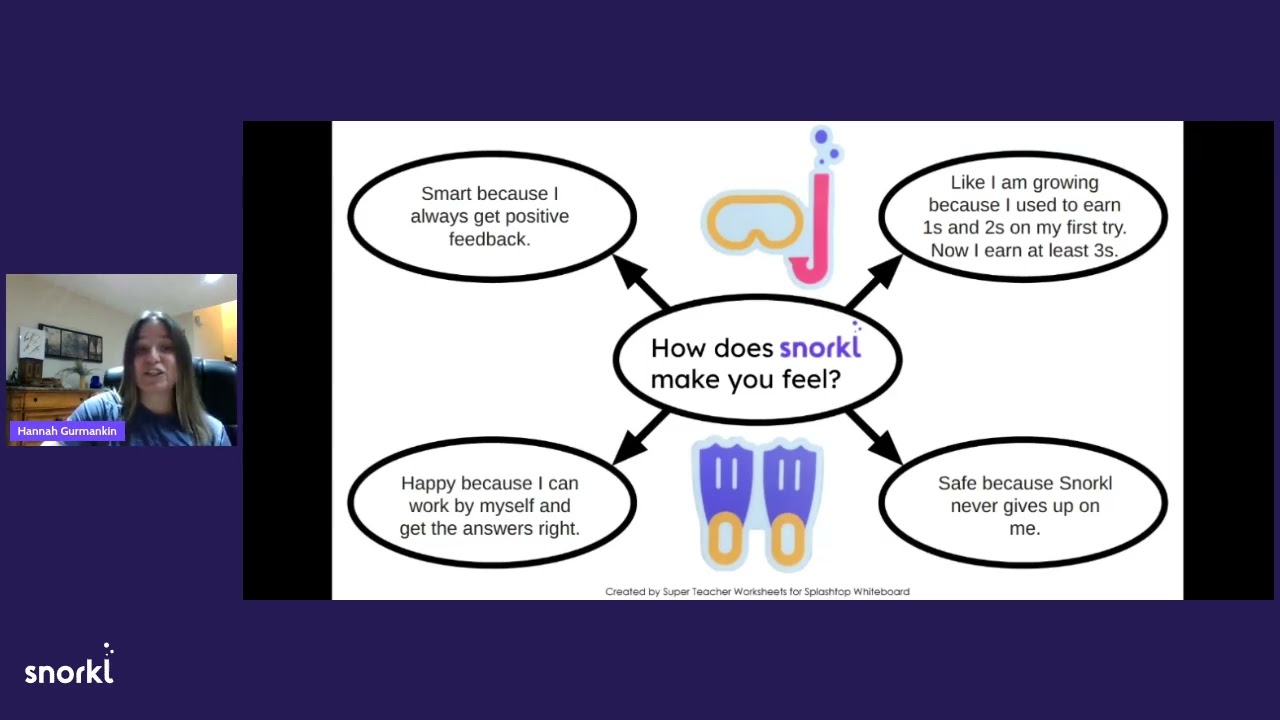
Snorkl and Special Education: AI Tools to Help Every Student Succeed
Highlights 00:01 Discovering and Introducing Snorkl 00:12 I discovered Snorkl through the Edge of Protocols community's Facebook page, and the constant mention of the tool piqued my interest. 00:51 I visited the Snorkl website, signed up for a demo, and was so excited that I made it to the demo at 3:30 PM on a Friday, despite my busy schedule as a teacher. 01:17 After seeing Mon'nique's Snorkl math prompt demo, I was immediately hooked and started using Snorkl the following week. 01:41 I was so passionate about Snorkl that I demonstrated it to my colleagues, and many of them became Snorkl fans and upgraded to the premium plan. 02:06 Presenter Introduction and Purpose of Using Snorkl 02:26 Hannah Gurmankin is a special education teacher in New Jersey with 20 years of experience. She primarily uses Snorkl with students with reading disabilities, ADHD, processing disabilities, and learning disabilities. 03:24 Snorkl is one of the best educational technology applications I've used because of its value, reliability, and versatility. 03:50 I share ways to help students believe in themselves, using tools that empower them, not magic. Snorkl is a key tool in this effort. 05:01 The Positive Impact of Snorkl on Students 05:17 When we ask students what they think about using new tools, they report that Snorkl makes them feel smarter, more productive, happier, and safer. 06:31 The student's response, "I feel safe because Snorkl never gives up on me," is particularly meaningful. Special education students face challenges every day, but Snorkl provides confidence and a sense of security through consistent positive feedback. 07:35 Unlike teachers, Snorkl is emotionless, so he consistently provides constructive feedback no matter how many times a student tries, encouraging them to take risks and learn. 08:25 Introduction and initial usage of Snorkl 08:29 In special education, the way tools are introduced is important, and we used a hybrid modeling approach where children input directly and the teacher types, records, and submits. Using the 9:00 Snowman Build prompt as an example, we demonstrated how students could independently read or listen while the teacher typed in the instructions and checked their scores and feedback. 10:13 Snorkl emphasizes the accessibility of feedback, allowing you to hear the feedback aloud by clicking the speaker icon or understand it through picture clues. 11:17 Early days with Snorkl and results 11:30 During the first week, we had a Snorkl challenge every day, always with an easy option as the 'Getting Started' activity. 11:51 Initially, we kept the difficulty level low to help students learn how to use Snorkl and the procedures, and to get them excited. 12:17 At the end of the week, students cheered when it was time for Snorkl, signaling that they could move on to curriculum-based assignments. 13:33 One student noticed and praised Snorkl for using transition words, demonstrating that Snorkl is working effectively. 14:50 Standard Procedures for Using Snorkl and Its Educational Use 14:50 Students always followed the following procedure: write a script, record their response and speak clearly, listen to the recording and check that they did their best, read and apply feedback, and then resubmit after applying the feedback on the whiteboard. 16:44 In special education classrooms, Snorkl feedback can be used to create teaching opportunities for students, helping them understand the importance of evidence and the difference between facts and opinions. 19:48 Snorkl offers a diverse library of assignments, and teachers can modify and adapt the questions to suit their students' needs. 20:56 This example demonstrates the effectiveness of feedback-based education, with a student resubmitting a BTS-related claim that was initially incorrect, with a full 4 points after receiving feedback. 21:48 Snorkl's Additional Features: Insights and Progress Monitoring 21:48 Snorkl's "Insights" tab helps teachers identify common student misconceptions or areas where support is needed, allowing them to spot and adjust instructional moments. 23:07 The Insights screen shows students correctly identifying 1/4 and any misconceptions, such as partial confusion or shape-based errors. 24:35 Snorkl provides the ability to monitor students' progress through their grades, which is useful for teachers to identify areas where they should focus. 25:12 Wrap-up and Contact Information 25:12 Snorkl offers many tools to empower special education teachers and students, and for more information or questions, please contact us by email ( missgeswag@gmail.com ) or scan the QR code. Summary of Key Content • About the presenter : Hannah Gurmankin, a special education teacher with 20 years of experience in New Jersey • Applicable to : Resource classrooms for students with dyslexia, ADHD, processing disorders, and learning disabilities • Student response : "I feel safe because Snorkl never gives up." • Core values : emotional support, autonomy, individualized feedback • Accessibility features : Voice reading, visual feedback, and picture clues • Teaching method : Growth through gradual introduction, script writing, and repeated submissions • Leverage data : Identify misconceptions and monitor progress with the Insights tab. A Complete Guide to Using Snorkl in Special Education Why Snorkl is Special for Special Education Students We know that special education students will face challenges and difficulties every day when they come to school. They need more than just a learning tool; they need an emotional safety net. Unlike human teachers, Snorkl lacks emotions, so it provides the same positive feedback and constructive guidance even on the eighth or ninth attempt. As one fourth-grade student put it, "I feel safe because Snorkl never gives up," demonstrating the true value of this tool. These eight words perfectly capture Snorkl's central role in special education. Students' honest reactions "I feel smarter." Because I always get positive feedback "I'm growing" At first it was 1-2 points, but now it's at least 3 points. "I'm happy" Because you can work alone and get the right answer "It's safe" Because Snorkl never gives up Effective Snorkl Adoption Strategies Step 1: Collaborative Modeling Teacher Hannah didn't throw her students into deep waters. Instead, she used a hybrid modeling approach.
- ContenjooC
























